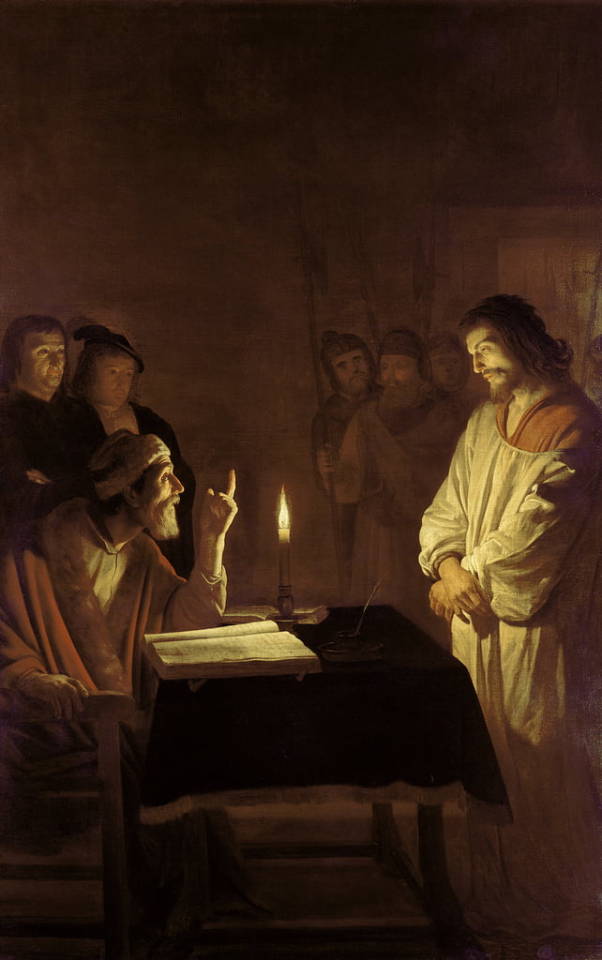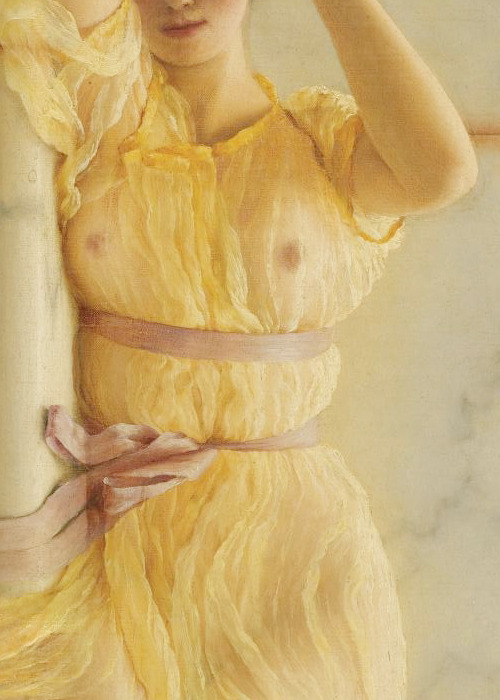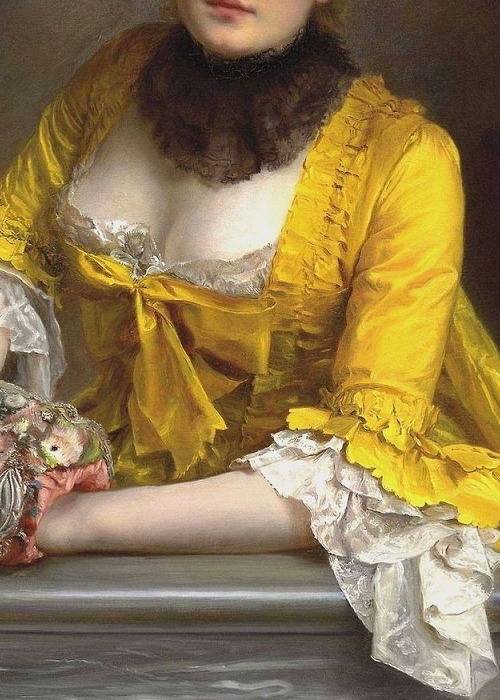#von honthorst
Explore tagged Tumblr posts
Text















"i drink to make other people more interesting."
#artist is gerrit van honthorst#artist is peter cornelis#artist is eduard charlemont#artist is david teniers#artist is gerard van honthorst#artist is philippe mercier#artist is wilhelm marstrand#artist is jan van bijlert#artist is gabriel ferrier#artist is wilhelm amber#artist is philippe mercier-#artist is eduard theodor ritter von grutzner#artist is john arthur#artist is johann baptist reiter#artist is hermann armin kern#art history#artedit#arthistoryedit
68 notes
·
View notes
Text

Gerard van Honthorst (Dutch, 1592-1656) Allegory of the marriage of William Frederick of Orange-Nassau and Amalia von Solms, n.d.
#Gerard van Honthorst#dutch#dutch art#1500s#1600s#allegorical art#d'orange#william frederick of orange nassua and amalia von solms#art#real people#royal#royals#royalty#House of Orange-Nassau#netherlands#dutch golden age#european history#historical art
15 notes
·
View notes
Text

Gerard von Honthorst, The Denial of St. Peter, ca. 1623, oil/canvas (Institute of Art, Minneapolis)
16 notes
·
View notes
Photo

Christus vor dem Hohenpriester, 1617 von Gerrit van Honthorst (1617, Öl auf Leinwand)
#kunst#kunstwerk#art#artwork#gerrit van honthorst#religion#religiöse kunst#religious art#jesus#christ#christus#hohenpriester#high priest#gott#god#vater#father#herr#lord#bibel#bible#kerze#candle#beten#pray#christentum#christianity#ölgemälde#oil painting
56 notes
·
View notes
Text

Louise Henriette Leads Friedrich Wilhelm, Elector of Brandenburg, to Her Parents
Artist: Gerard van Honthorst (Dutch, 1592–1656
Date: 1649
Medium: OIl on Canvas
Louise Henriette of Nassau (Dutch: Louise Henriëtte van Nassau, German: Luise Henriette von Nassau; 7 December 1627 – 18 June 1667) was a Countess of Nassau, granddaughter of William I, Prince of Orange, "William the Silent", and an Electress of Brandenburg.
Louise Henriëtte was born in The Hague, the eldest daughter of Frederick Henry, Prince of Orange, and Amalia of Solms-Braunfels. She grew up at the court of her father, the Stadtholder of Holland, Zeeland, Utrecht, Guelders and Overijssel.
Marriage
Louise Henriëtte had to abandon her love for Henri Charles de La Trémoille, Prince of Talmant, son of Henry de La Trémoille, as her mother had royal ambitions for her. However, attempts to conclude an engagement with King Charles II of England came to nothing. Finally she was forced to marry Frederick William, Elector of Brandenburg (1620-1688), "the Great Elector," at The Hague on 7 December 1646, her nineteenth birthday, on the proposal of the Brandenburg diplomat Joachim Friedrich von Blumenthal.
#symbolism#king#frederick william#european#european nobility#oil painting#angel#landscape#17th century painting#dutch painter#southern france#french nobility#history#queen consort
6 notes
·
View notes
Text
♡Masterlist♡

Read the tags and/or warnings for each fic.
18+ and dark content Below

Green - No smut, intended for general audiences
Pink - No Smut, intended for mature audiences (Read tags/warnings.)
Blue - Very normal (vanilla) smut, nothing out of the ordinary.
Purple - Might be a little weird, read the tags but not dark.
Orange - could be triggering (example: consensual non-consent.)
Red - Read the warnings/tags (may contain (fictional) noncon, dubcon, gore, incest etc.)
Baldur's Gate:

Papa Bear (Halsin x Faun Reader Smut) - Tumblr link Ao3 link

Harry Potter:

Lazy Lizzy (Sirius Black/Padfoot x Reader Smut, Dark) - Ao3 link
Moon Phases (Remus Lupin x Reader Smut, Dark) - Ao3 link (ongoing)

The Beatles:

Honey Don't (Ringo Starr x Reader Smut) - Ao3 link

Requests?
I'll do requests if asked, I only write reader inserts and I might also write for a fandom not listed below so shoot your shot, I guess, I might know it. I'm comfortable writing dark content too.
Fandoms:
Baldur's Gate
Dragon Age
Harry Potter
Hogwarts Legacy
The Beach Boys
The Beatles
What We Do in the Shadows

(Venus got censored 😔)
Paintings used in order: 'Circe Offering the Cup to Odysseus' by J. W. Waterhouse, 'Bathing Venus' by Pierre-Paul Prud'hon, 'Sater en Nimf' by Gerard von Honthorst, 'Circe Invidiosa' by J. W. Waterhouse, 'Two Bathing Suited Women by the Beach' by John LaGatta, 'The Birth of Venus' by Henri Gervex.)
#dead dove do not eat#dead dove fic#fanfic#masterlist#halsin x reader#baldur's gate 3 x reader#bg3#baldur's gate 3#sirius black x reader#remus lupin x reader#harry potter#smut#ao3 fanfic#archive of our own#Ringo Starr x reader#the beatles#the marauders
2 notes
·
View notes
Text
🧠 oli / liv | he/him & ze/zir | white | tme | bpd | autism
🫁 18+ | 21 | cw: incestblogging, violenceblogging, discussions of various forms of sexual abuse.
🫀 primarily a harrenhal blogger | ask me about witches in thrones please please please
🦴 i follow from @tulipcolouredboy
👁️ pfp is teresa of avila, as rendered by gerard von honthorst
tag list
castles made of blood: harrenhal and associated
lannister incest ouroboros: anything lannister related
theon (she/her): discussions of theon, gender identity, and the way theon's gender is determined by the world he lives inside of
1 note
·
View note
Text

WILLEM VAN HONTHORST
Henriette von Nassau
1 note
·
View note
Text




Saw some of my fave works from London’s National Gallery this week.
Clockwise from top left:
Saint Sebastian, von Honthorst, 1623
A View of Delft, Fabritius, 1652
Van Gogh’s Chair, van Gogh, 1888
Summer’s Day, Morisot, 1879
1 note
·
View note
Text
Louise Hollandine of the Palatinate (1622 – 1709) was a German aristocrat, abbess and artist (source).
She was the daughter of Frederick V of the Palatinate (for a short time King of Bohemia) and Elizabeth Stuart and therefore a great-granddaughter of Mary Stuart, Queen of Scots.

Selfportrait, ca. 1650. Photo by Sotheby's.
She was trained by Gerard van Honthorst - some of her work was attributed to him and for a long time she was considered an 'amateur'. Only since the 1980's she is recognised as an artist in her own right.

Allegorical portrait of three ladies and a child. Photo: Christies.
#luise hollandine of the palatinate#women in art#artist#paintings#aristocracy#self portrait#portrait#gerard van honthorst#mary stuart#oil painting#baroque#elizabeth stuart#frederick v of the palatinate#louise hollandine von der pfalz#german artist#light academia#baroque painting#fine art#art#woman artist#mary queen of scots
5 notes
·
View notes
Text

Adoration of the Shepherds, Gerard van Honthorst.
6 notes
·
View notes
Photo








Details in Yellow
Portrait of William II and Maria Stuart, 1647, by Gerard van Honthorst.
The Reader, 1772, by Jean-Honoré Fragonard.
Maria Christina, Duchess of Teschen, 1776, by Johann Baptist von Lampi the Elder.
The Two Sisters, 1769, by Jean-Honoré Fragonard.
Afternoon Tea for Three, by Frédéric Soulacroix.
Girl in Yellow Drapery, 1901, by John William Godward.
Mrs Kettlewell, 1890, by Frederick Goodall.
The Yellow Dress, by Gustave Jean Jacquet.
#yellow#art#details#art details#art history#Portrait of William II and Maria Stuart#Gerard van Honthorst#The Reader#Maria Christina Duchess of Teschen#painting details#The Two Sisters#Afternoon Tea for Three#Girl in Yellow Drapery#Frederick Goodall#The Yellow Dress#Jean-Honoré Fragonard#Johann Baptist von Lampi the Elder#Frédéric Soulacroix#John William Godward#Gustave Jean Jacquet#art history blog#artwork#painting#detail#art detail#painting detail#1600's#17th century#1700's#18th century
3K notes
·
View notes
Text

Gerrit von Honthorst, The Matchmaker, 1625, oil/panel (Centraal Museum, Utrecht)
8 notes
·
View notes
Text

Kenjaku vibes
(Smiling Girl, a Courtesan, Holding an Obscene Image by Gerard von Honthorst)
12 notes
·
View notes
Text

"Stillleben XIII"
Acryl auf Leinwand
100x90cm
2022
Mit meinen Stillleben greife ich auf eine traditionsreiche Gattung der Malerei zurück. Das Spiel zwischen der Komposition, der Symbolik, der malerischen Umsetzung und kunsthistorischen Zitaten versetzt den Inhalt des Bildes in die Gegenwart. So gilt mein Interesse der heutigen visuellen Wahrnehmung und der Rolle der Malerei als Medium.
Dieses surrealistisch angehauchte Tulpen-Stillleben beinhaltet ein Bild im Bild (der Hl.Sebastian von Gerrit van Honthorst). Subtile Symbolik der dargestellten Objekte begegnet einer reduzierten und doch kontrastreichen Farbpalette. Die steril wirkende Komposition wird von Neongelb des Rauchs aufgelockert. Das Zusammenspiel der warmen Farben erzeugt eine abweisend wirkende Kälte. Diese paradoxe Kombination beschreibt ihrerseits das Verhältnis zwischen Distanz und Nähe.
5 notes
·
View notes
Text
Don't Mess with the Princess: "In the little box I put a turd of the Queen’s dogs"
Recently, I discovered the memoirs of Sophie von Hannover in the original French; and while I was aware and had read an, in hindsight rather inaccurate, German translation, I wanted to wait until I could get my hands on the real deal to share this amusing episode with you.
Written in 1680–81, at 50 and having grown somewhat wistful after the loss of two of her siblings in one year, Sophie decided to sit down and compose a text recounting her life. Her memoir consist of often, but not always amusing episodes (such as helping Monsieur, Louis XIV's brother, arrange his jewellery collection while the latter was only dressed in his night attire) and insightful gazes into the strange world of life at different European courts from the point of view of a woman aware and insistent on her status, yet also equipped with a refreshingly no-nonsense attitude, a dash of healthy scepticism and a wry sense of humour even in the face of personal tragedy and turmoil.

Sophie of the Palatinate aged 11 by Gerard van Honthorst, 1641, in the collection of the Detroit Institute of Art. The portrait and the two incidents recounted below seem to date to the same year.
The daughter of the Bohemian "Winter King" Frederick V of the Palatinate and Elizabeth Stuart, daughter of James I, Sophie was born and raised in exile; her father had lost his briefly-held crown during the Thirty Years' War. With her brothers and sisters, of which she, the 12th of 13 children was the youngest to survive, she was raised at Leiden, away from her widowed mother's court at The Hague because, she suspected, "the sight of her guenons and dogs was more agreeable to her than that of us." After the death of her little brother at around 10 to 11 years and being the only remaining child in the nursery, the household at Leiden was dissolved, and Sophie sent to live with her mother and sisters at The Hague, where her quick wit made her a centre of court life:
[…] The Prince of Taranto [Henri Charles de La Trémoille, 1620–1672] was among them, who avoided me like the plague, having not enough wit to defend himself. Among the others there were Monsieur de Zulestem and Marigné. One of them was Flemish, the natural son of Prince [Frederick] Henry of Orange, and his taunts were not very polite. One day, I found them too familiar, and in order to avenge myself in the field and to thoroughly wash his head [literal translation of the German phrase jemandem den Kopf waschen, meaning to tell someone off], I wanted to put my handkerchief in a basin from which is was customary for the Queen’s dogs to go to drink. But since there was such a great number of these animals, the basin was to be found empty, and I wetted my handkerchief in a place where the water was not so clear, which I threw in his face. My brother Moritz [1621–c. 1652], who had seen that the Queen’s chamber pot had served for my vengeance, did not hesitate to tell everyone about it in order to increase the mockery, from which the good Fleming found himself much disconcerted. […] One also wanted to play me another trick on the subject of the son of the Venetian ambassador by the name of Contarini, who was very handsome and who had frequently played with me. There was an Englishman called Vain, who was always teased on account of his great chin. He made a letter in the name of the little Venetian after he had departed and brought it to me to tease a reply from me on grounds of which one might taunt me. I detected his design and to give battle, I gave him a little box in secret wherein I told him was a ring and an accompanying letter from me for the little Venetian. In the little box I put a turd of the Queen’s dogs and in the letter, there was:
To Monsieur the confidant I give him this present It is long and it is formed Like his chin, which is deformed
Sadly, Sophie recalls having been responsible for a number of other shenanigans as well, but overtly states that they were not worthy of being recounted in a memoir. I beg to differ; alas, we can only imagine what else she got up to as a child...
I put the original French, plus the link to the full text below the cut!
The original French:
[…] Le prince de Tarente entre autres estoit de ceux-cy, qui me fuyoit comme la peste, n’ayant assez de vivacité pour se défendre. Parmy les autres il y avoit M. de Zulestem et Marigné. Comme l’un estoit Flamand, fils naturel du prince Henry d’Orange, ses railleries n’estoient pas fort polies. Je les trouvois un jour trop familières, et pour m’en vanger sur le champs et de luy bien mouiller la teste, je voulois mettre pour cela mon mouchoir dans un bassin d’eau oú les chiens de la reine avoient accoustumé d’aller boire. Mais comme le nombre estoit fort grand et ces animaux-là, le bain se trouva vide, et je mouillois mon mouchoir dans un endroit oú l’eau n’estoit pas si claire, que je luy jettois au visage. Mon frère Maurice, qui avoit vu que la chaise percée de la reine avoit servi à ma vengeance, ne manqua pas de le dire à tout le monde, pour rendre la raillerie plus forte, dont le bon Flamand se trouva fort déconcerté. […] On volut encor me faire pièce au sujet du fils de l’ambassadeur de Venise qui s’appelloit Contarini, qui estoit fort joli et qui avoit souvent joué avec moy. Il avoit un Anglois, nommé Vain, qu’on avoit toujours raillé sur son grand menton. Il fit une lettre au nom du petit Vénitien, après qu’il estoit parti, et me l’apporta, pour tirer de moy une réponse dont il auroit pu me railler. Je m’apperceus de son dessein et pour faire la contrebatterie je luy donnois en secret une petite boette oú je luy disois qu’il y avoit une bague que j’accompagnois d’une lettre pour le petit Vénitien. Dans la petite boette j’avois mis une crotte des chiens de la reine, et dans la lettre il y avoit:
Pour Monsieur le confident Je luy donne ce présent, Il est long et de la forme De son menton si déforme
Source:
Köcher, Adolf [Ed.]: Memoiren der Herzogin Sophie nachmals Kurfürstin von Hannover (Publicationen aus den Königlich Preussischen Staatsarchiven vol. 4), Leipzig 1879, p. 36 f.
#sophie von hannover#elizabeth stuart#17th century#memoirs#writing and letters#frederick henry of orange#moritz von der pfalz#philippe ii d'orleans#louis xiv
11 notes
·
View notes